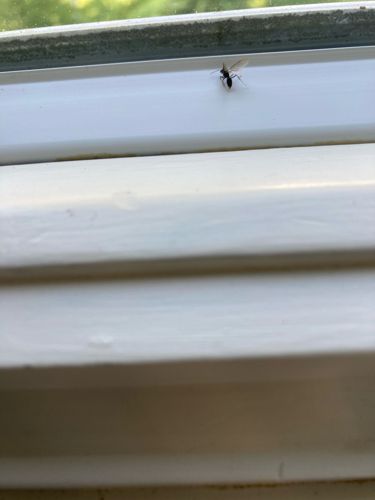Winged Ant (Alate)
Scientific Name: Various species within the Formicidae family
Order & Family: Order: Hymenoptera, Family: Formicidae
Size: Generally, 3-20 mm, depending on the specific ant species. Queens are typically larger than males.

Natural Habitat
Winged ants emerge from existing ant colonies, which can be found in a diverse range of habitats including soil, under rocks, in wood (decaying or structural), within walls of buildings, and various outdoor environments. They are temporarily airborne during their mating flights and may be observed indoors if a colony is nesting nearby.
Diet & Feeding
The diet of a winged ant depends on the species. Many ants are omnivorous, feeding on a wide variety of foods including sugars (from nectar, honeydew, fruit), proteins (from other insects, dead animals), fats, and fungi. During nuptial flights, their primary focus is reproduction rather than foraging.
Behavior Patterns
Winged ants (alates) are reproductive males and females that undertake mating flights (nuptial flights). These flights typically occur at specific times of the year, depending on the species and environmental conditions like humidity and temperature after rain. After mating, males die, and fertilized queens shed their wings to find a suitable location to establish a new colony.
Risks & Benefits
Risks: While winged ants themselves are not typically harmful, their presence indoors often indicates a mature ant colony nearby, which could be a nuisance or, in the case of certain species (e.g., carpenter ants), cause structural damage to wood. Bites or stings are rare from winged ants but can occur from some species if handled. Benefits: Ants play crucial ecological roles, including soil aeration, seed dispersal, pest control (by preying on other insects), and decomposition of organic matter.
Identified on: 8/15/2025